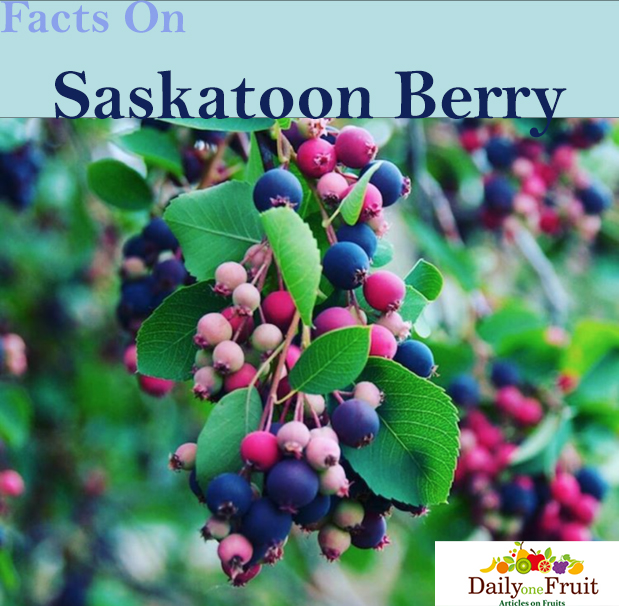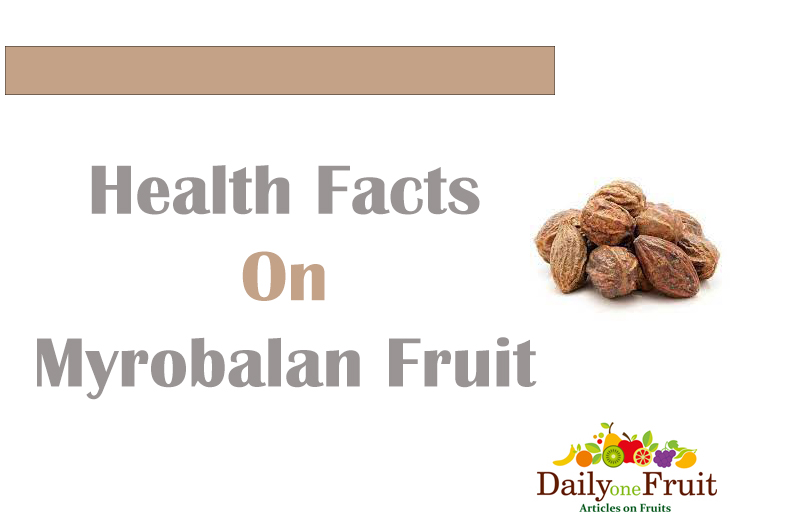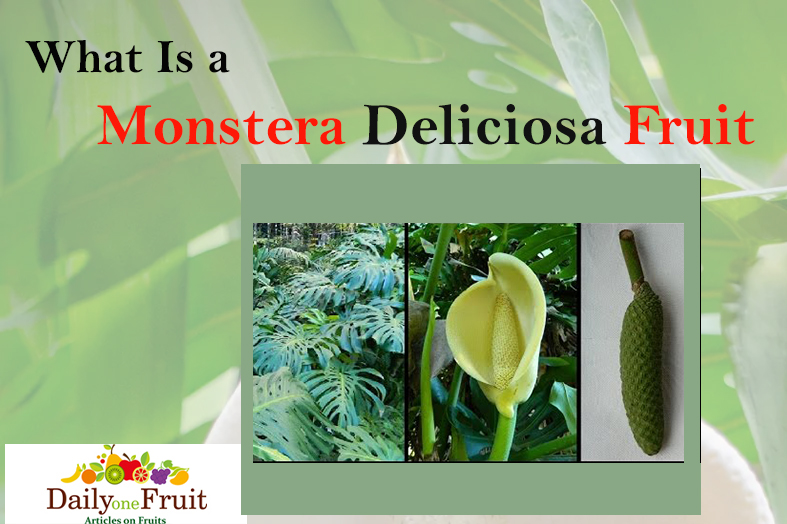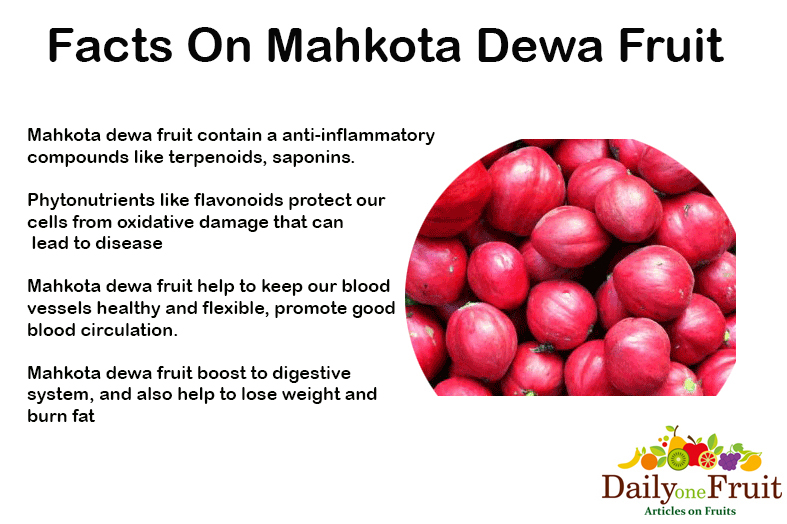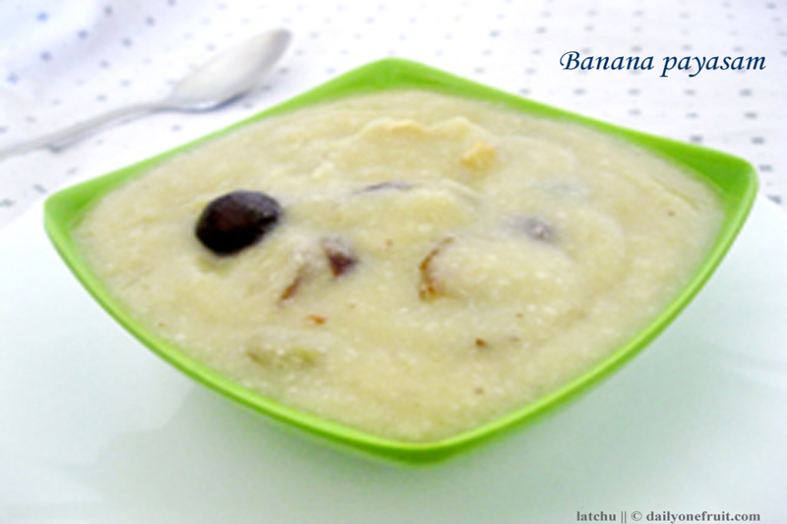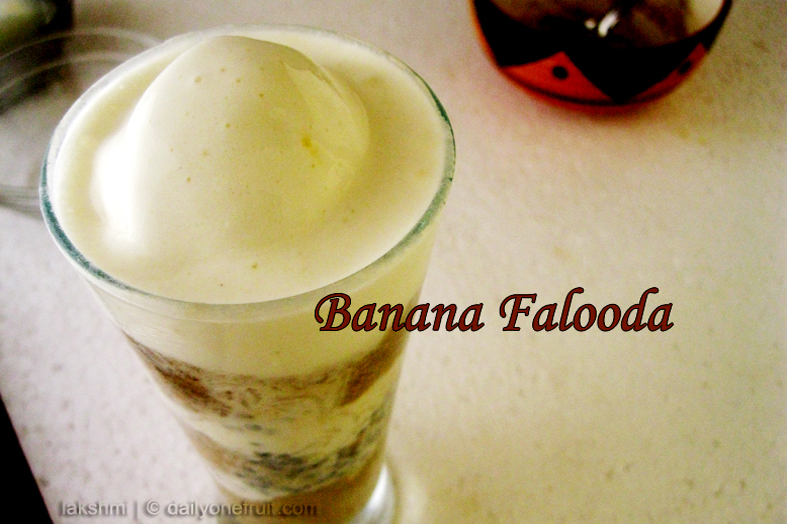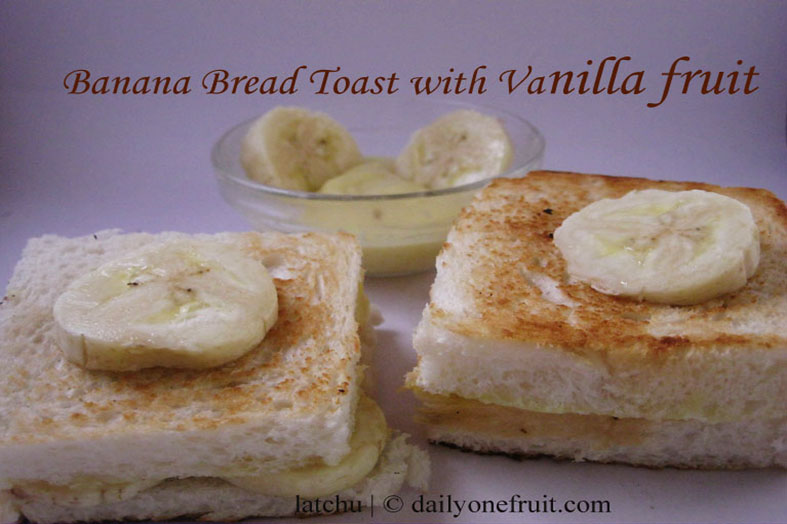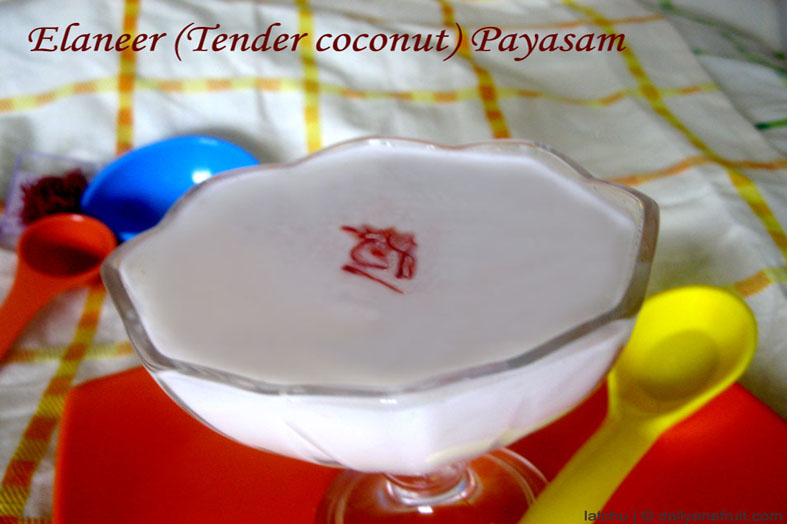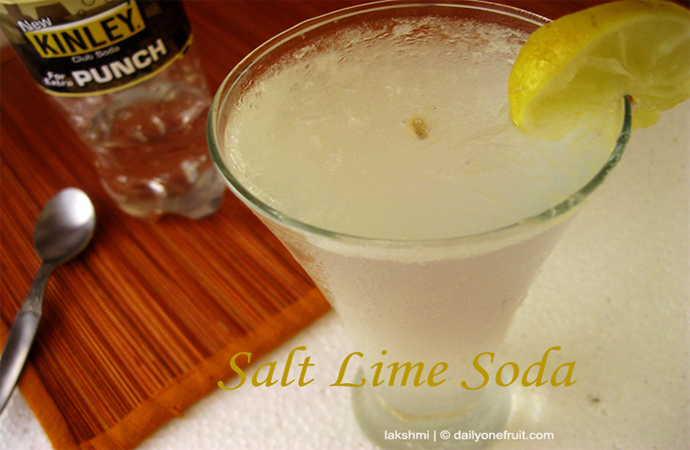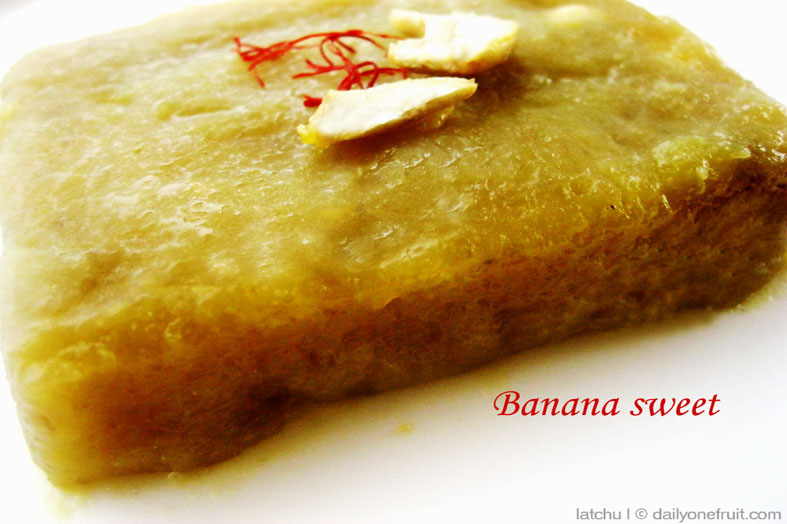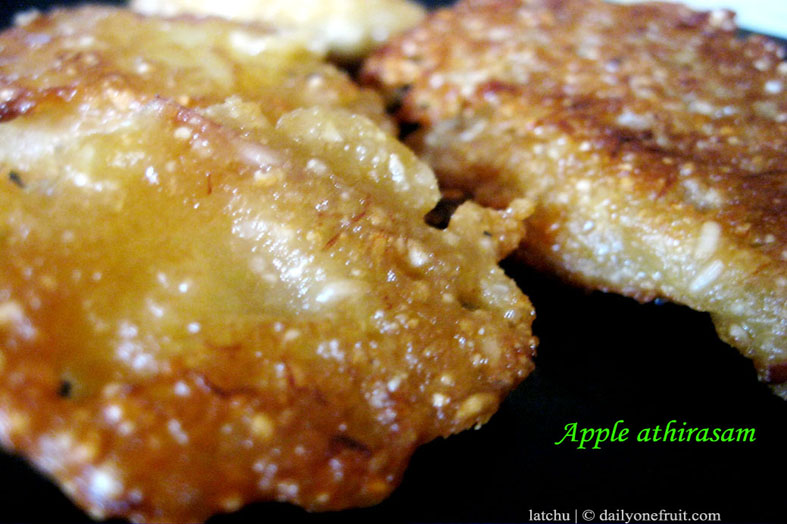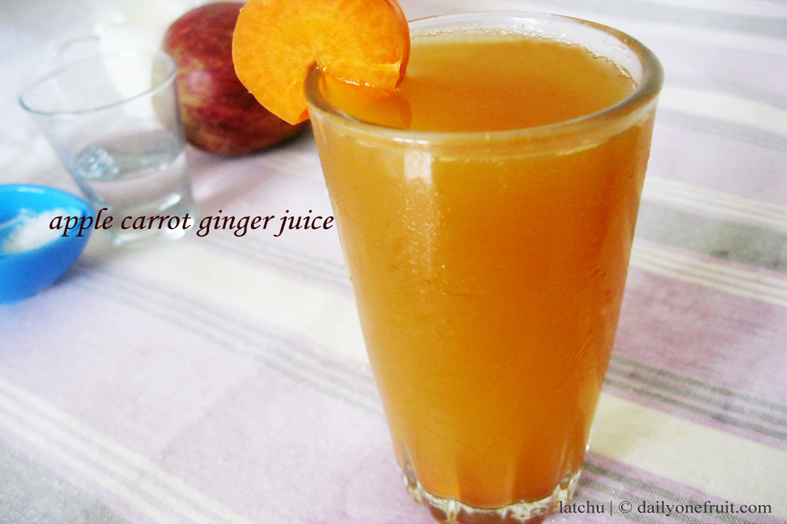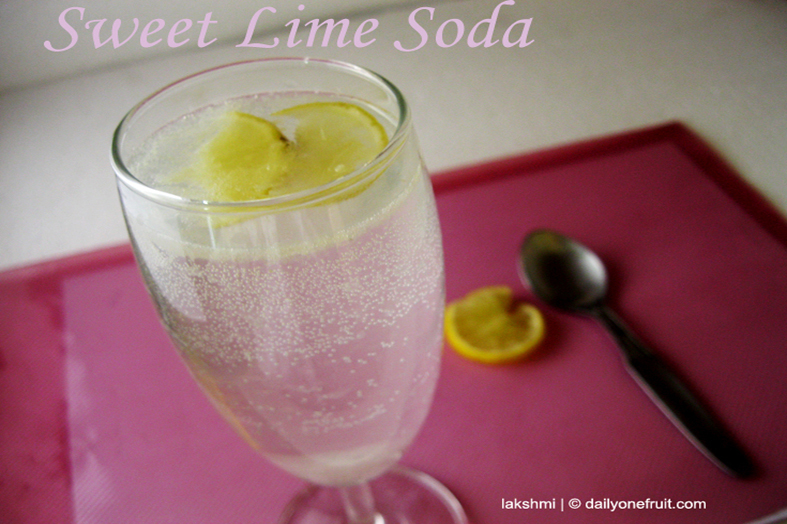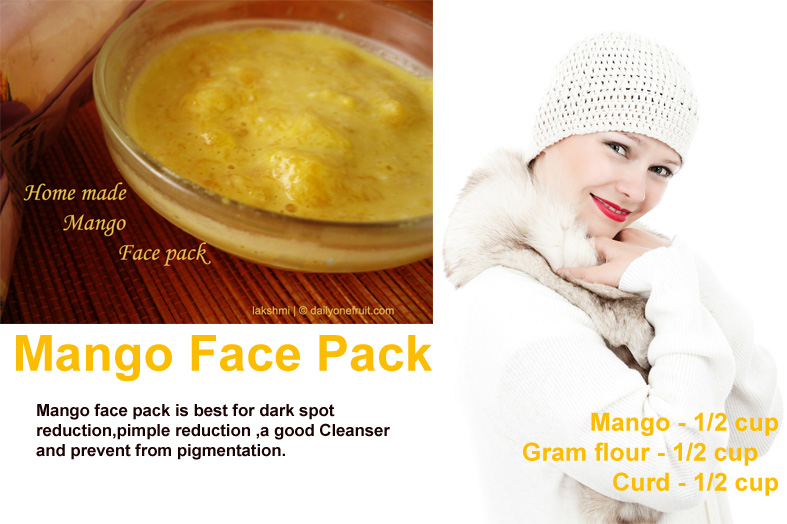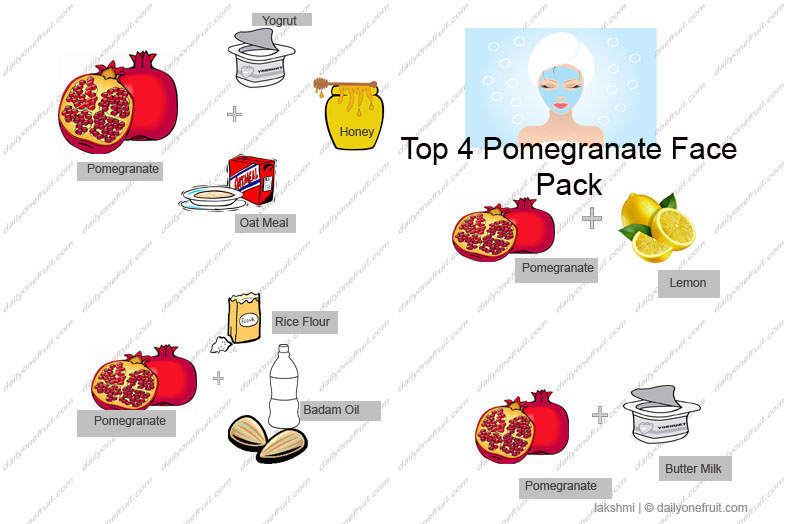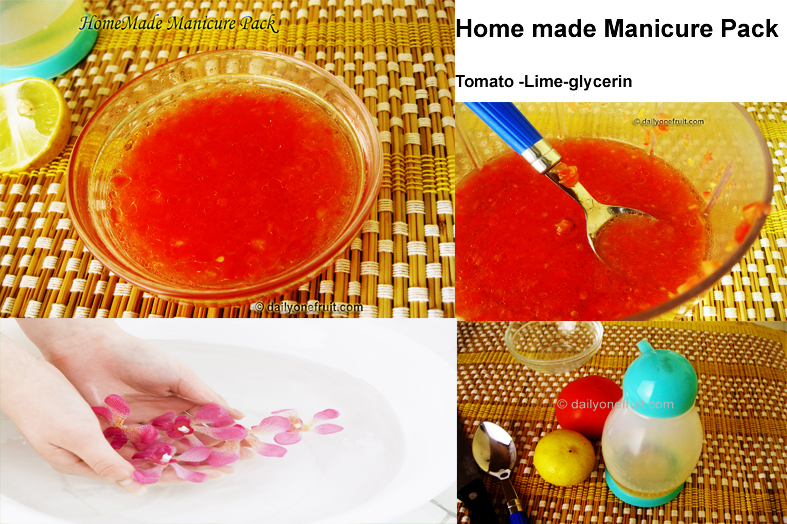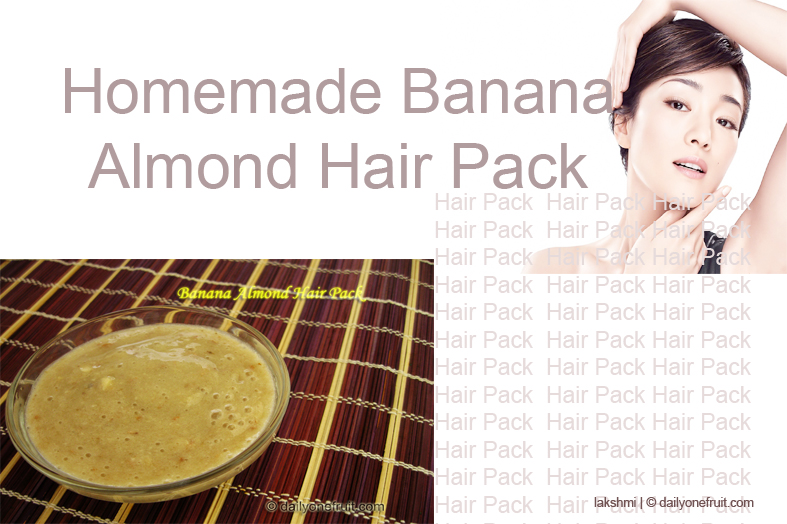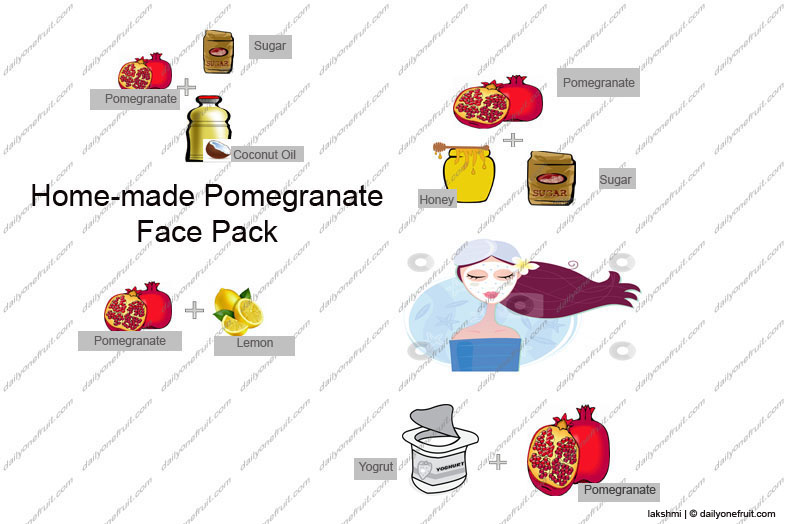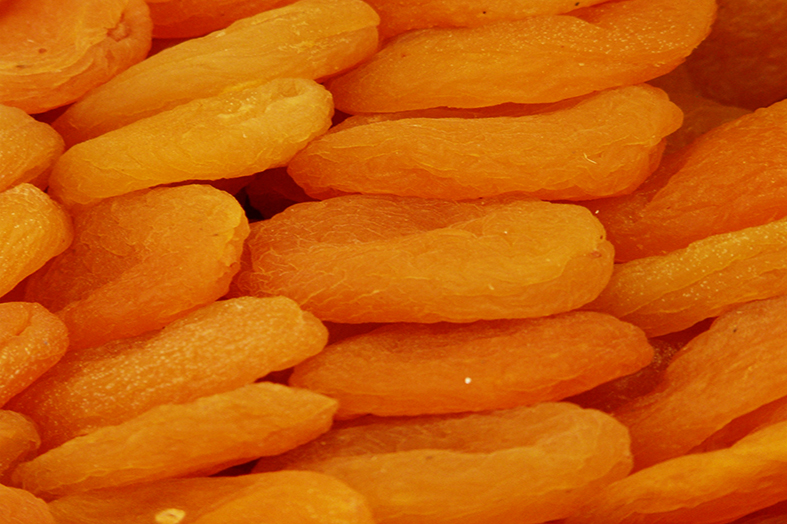
How to say Apricot in other language
How to say Apricot in English Language
Apricot
How to say Apricot in Hindi Language
खुबानी
How to say Apricot in Tamil Language
சருக்கரை பாதாமி
How to say Apricot in Kannada Language
ಸಕ್ಕರೆ ಬಾದಾಮಿ
How to say Apricot in Telugu Language
సీమబాదం/జల్లారు పండు
How to say Apricot in Malayalam Language
ആപ്രിക്കോട്ട്
How to say Apricot in Urdu Language
خوبانی
How to say Apricot in Arabic Language
مشمش
How to say Apricot in Chinese Language
杏
How to say Apricot in French Language
L’abricot (m)
How to say Apricot in Russian Language
Абрикос [abrikOs]
How to say Apricot in Spanish Language
el albaricoque, el damasco
How to say Apricot in Portuguese Language
O damasco
How to say Apricot in Bengali Language
এপ্রিকট
How to say Apricot in Japanese Language
あんず, アプリコット
How to say Apricot in Italian Language
l’albicocca
How to say Apricot in Punjabi Language
ਖੁਰਮਾਨੀ
How to say Apricot in German Language
die Aprikose
How to say Apricot in Korean Language
살구
How to say Apricot in Roman Language
caisă
How to say Apricot in Burmese Language
ဗင်္ဂလားဆီးသီး
How to say Apricot in Indonesian Language
abrikos
How to say Apricot in Persian Language
زردآلو
How to say Apricot in Turkish Language
Kayısı
How to say Apricot in Malay Language
Aprikot
How to say Apricot in Finnish Language
aprikoosi
How to say Apricot in Kazakh Language
өрік
How to say Apricot in Albanian Language
kajsi , Kajsia , Zerdeli
How to say Apricot in Kurdish Language
Qayse, mişmiş
How to say Apricot in Thai Language
แอปริคอท
How to say Apricot in Turkish Language
kayısı
How to say Apricot in Scottish-Galiec Language
apracot
How to say Apricot in Hebrew Language
משמש
How to say Apricot in Shona Language
apricot
How to say Apricot in Esperanto Language
abrikoto
How to say Apricot in Amharic Language
አፕሪኮት
How to say Apricot in Sindhi Language
ايڇوٽ
How to say Apricot in Slovak Language
marhuľa
How to say Apricot in Slovenian Language
Marelica
How to say Apricot in Somali Language
khudaar
How to say Apricot in Southern-Sotho Language
mabolilane
How to say Apricot in Sundanese Language
alpuket
How to say Apricot in Tajik Language
зардолу
How to say Apricot in Basque Language
abrikota
How to say Apricot in Corscian Language
albicocca
How to say Apricot in Samoan Language
apricot
How to say Apricot in Sinhala Language
රට කොට්ටං
How to say Apricot in Cebuano Language
melokoton, apricot
How to say Apricot in Irish Language
aibreog
How to say Apricot in African Language
appelkoos
How to say Apricot in Armenian Language
ծիրան
How to say Apricot in Lao Language
ໝາກແອັບເປີ້ນ
How to say Apricot in Czech Language
meruňka
How to say Apricot in Bulgarian Language
кайсия
How to say Apricot in Georgian Language
გარგარი
How to say Apricot in Hungarian Language
sárgabarack
How to say Apricot in Croatian Language
marelica
How to say Apricot in Iceland Language
apríkósu
How to say Apricot in Hmong Language
txiv duaj
How to say Apricot in Estonian Language
aprikoos
How to say Apricot in Azerbaijani Language
ərik
How to say Apricot in Belarusian Language
абрыкосавы
How to say Apricot in Filipino Language
aprikot
How to say Apricot in Pashto Language
مندته
How to say Apricot in Persian Language
زردآلو
How to say Apricot in other language
How to say Apricot in Polish Language
morela
How to say Apricot in Lithuanian Language
abrikosas
How to say Apricot in Mangolian Language
чангаанз
How to say Apricot in Galician Language
albaricoque
How to say Apricot in Norwegian Language
aprikos
How to say Apricot in Luxemborgish Language
Aprikos
How to say Apricot in Javanese Language
apricot
How to say Apricot in Haitian Creole Language
abriko
How to say Apricot in Nepali Language
खुबानी
How to say Apricot in Hausa Language
apricot
How to say Apricot in Greek Language
βερύκοκκο
How to say Apricot in other language
How to say Apricot in Bosnian Language
marelica, kajsija
How to say Apricot in Kyrgyz Language
өрүк
How to say Apricot in Latvian Language
aprikoze
How to say Apricot in Nyanja Language
apurikoti
How to say Apricot in Hawaiian Language
apricot
How to say Apricot in Catalan Language
albercoc
How to say Apricot in Malagasy Language
abricot
How to say Apricot in Macedonian Language
кајсија
How to say Apricot in Yiddish Language
אַפּריקאָס
How to say Apricot in Maori Language
āperekoti
How to say Apricot in Maltese Language
berquq
How to say Apricot in Western-Frisian Language
abrikoas
How to say Apricot in Xhosa Language
I-aprikothi
How to say Apricot in Goan-Konkani Language
जर्दाळू हें झाड
How to say Apricot in Welsh Language
bricyll
How to say Apricot in Yoruba Language
eso yẹlo
How to say Apricot in Ukrainian Language
абрикосовий
How to say Apricot in Uzbek Language
O’rik
How to say Apricot in Vietnamese Language
quả mơ
How to say Apricot in Chinese
Simplified Language
杏
How to say Apricot in Swedish Language
aprikos
How to say Apricot in Danish Language
abrikos
How to say Apricot in Marathi Language
जर्दाळू
How to say Apricot in Odia Language
ଆପ୍ରିକେଟ୍ |


